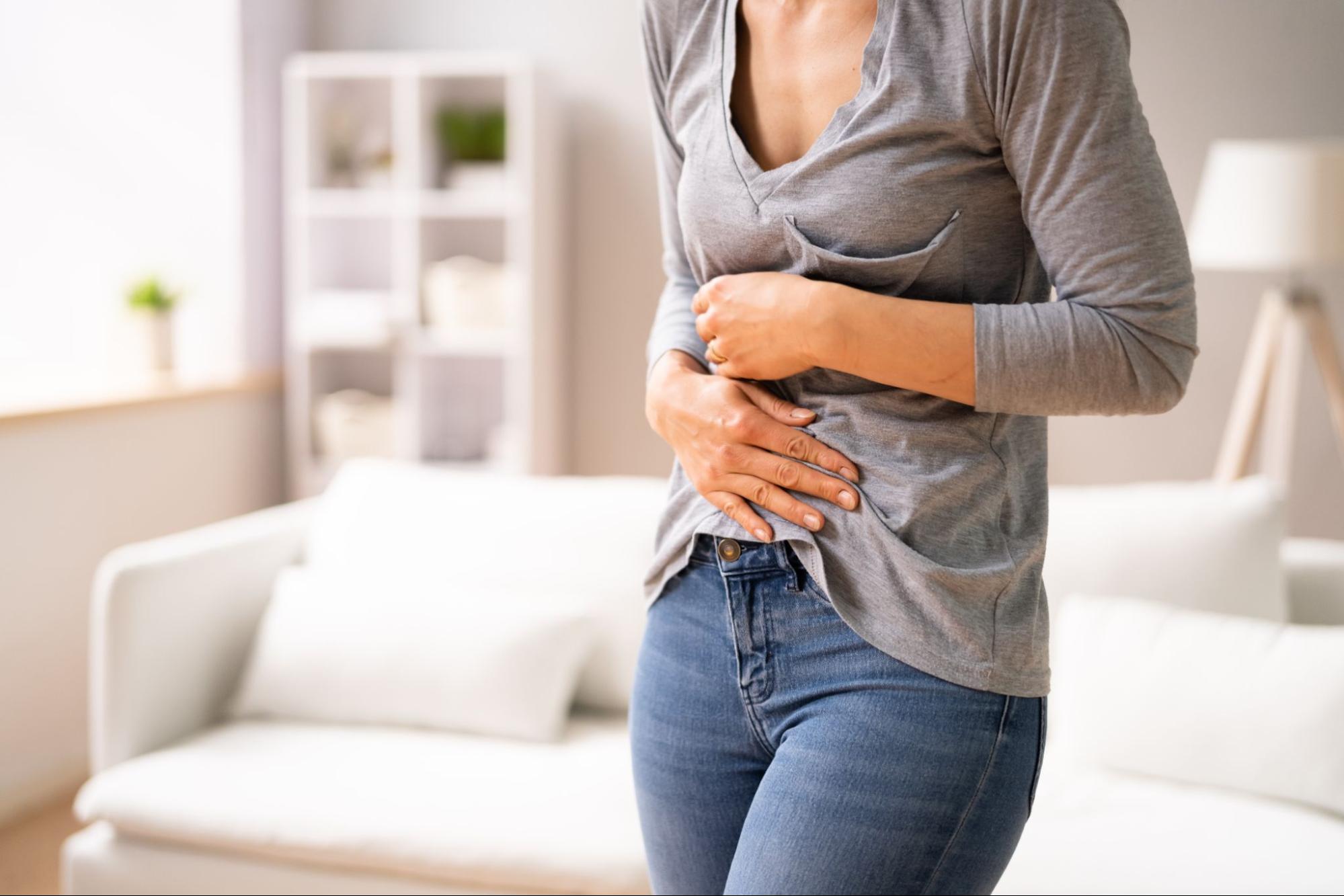Menopause is a natural biological process that marks the end of a woman’s reproductive years, typically occurring in midlife. This transition happens gradually through several stages, each characterized by different symptoms and hormonal changes. In this post, we will outline the four stages of menopause, explaining what happens in each stage and offering tips on how to manage the symptoms effectively.

Contents
What Are 4 Stages Of Menopause?
Menopause is a significant phase in a woman’s life characterized by the end of her reproductive period, occurring typically between the ages of 45 and 55. This transition doesn’t happen all at once; instead, it unfolds through several stages, each with distinct characteristics and symptoms. To aware from these stages can help in managing the transition more effectively. Here are the four stages of menopause:
Stage 1: Pre-Menopause
Pre-menopause refers to the years leading up to menopause, starting from a woman’s first menstrual cycle and continuing until she begins experiencing any signs of perimenopause. During this stage, menstrual cycles are usually regular, and there are typically no noticeable symptoms that signal the approach of menopause. Women are fully fertile and hormonal levels are generally stable. This period is significant as it sets the baseline of a woman’s menstrual health before any changes due to aging kick in.
Stage 2: Perimenopause
Perimenopause, often starting in a woman’s 40s, marks the commencement of menopause-related changes, but can start earlier or later depending on individual health factors. During this stage, the ovaries gradually produce less estrogen, leading to more irregular menstrual cycles that can be shorter or longer, heavier or lighter. Women may start experiencing menopause-related symptoms such as hot flashes, night sweats, mood swings, and sleep disturbances. This phase typically lasts from 4 to 8 years and ends one year after the final menstrual period.

Stage 3: Menopause
Menopause is diagnosed after a woman has gone without menstruating for twelve consecutive months. It marks the official end of fertility and is characterized by the ovaries no longer releasing eggs. In this stage, the production of estrogen and progesterone is significantly reduced. Symptoms experienced during perimenopause may continue into menopause, including vaginal dryness, hot flashes, emotional changes, and decreased bone density, which increases the risk of osteoporosis.
Stage 4: Postmenopause
Postmenopause encompasses the years after menopause has occurred. During this stage, many of the symptoms of perimenopause can ease for some women; however, the lowered levels of estrogen continue to affect health, bringing an increased risk of various conditions such as osteoporosis and heart disease. Postmenopausal women may also continue to experience vaginal dryness and a decrease in libido. This stage lasts for the remainder of a woman’s life, and health management focuses on mitigating chronic conditions and maintaining a healthy lifestyle to manage symptoms and risks.
What Are The First Signs Of Menopause?
The transition into menopause is a unique experience for each woman, but there are common early signs and symptoms that many women may notice. These symptoms arise due to the fluctuating and overall decline in reproductive hormones. Here are some of the first signs of menopause:

1. Irregular Periods
One of the most immediate signs that a woman is entering perimenopause, the stage leading up to menopause, is a change in her menstrual cycle. Periods may become irregular—they can be lighter, heavier, more frequent, or less frequent. This variability is due to the decreasing regularity of ovulation.
2. Hot Flashes
Hot flashes are sudden feelings of warmth, which are usually most intense over the face, neck, and chest. Your skin might redden, as if you’re blushing. Hot flashes can also cause sweating, and if they occur at night, they can disrupt sleep, leading to night sweats.
3. Sleep Problems
Many women experience sleep disturbances associated with menopause, which can include difficulty falling asleep, staying asleep, and night sweats. These disruptions can lead to significant sleep loss and affect overall health and well-being.
4. Mood Changes
Fluctuations in hormone levels can contribute to increased mood swings, irritability, and heightened emotions during menopause. Some women may also experience anxiety or depressive symptoms during this transition.
5. Vaginal Dryness
Decreased estrogen levels can lead to vaginal dryness, which may cause discomfort during intercourse. It can also lead to feelings of vaginal and urinary tract infections due to changes in the vaginal pH.
6. Decreased Libido
The hormonal changes of menopause can also lead to a decrease in sexual desire or libido for some women.
7. Changes in Hair and Skin
Estrogen helps to keep the skin moist and hair healthy. With menopause, women may notice that their skin becomes drier, less elastic, and more prone to wrinkling. Hair might also become thinner and dryer.
What Happens In Menopause?
Menopause is the point at which a woman’s menstrual periods permanently stop. This typically happens in a woman’s late 40s or early 50s, but the average age is 51. By the time you reach menopause, your ovaries have stopped releasing eggs and are producing very little estrogen.

Here’s what happens during menopause:
- Decreased estrogen production: Estrogen is a hormone that plays an important role in many bodily functions, including regulating the menstrual cycle. As estrogen levels decline during menopause, the menstrual cycle becomes irregular and eventually stops altogether.
- Other symptoms: Other common symptoms of menopause include hot flashes, night sweats, vaginal dryness, mood changes, weight gain, and sleep problems. Not all women experience all of these symptoms, and the severity of symptoms can vary greatly.
Frequently Asked Questions
What is Perimenopause?
Perimenopause is the first stage of menopause, characterized by hormonal changes and symptoms like irregular periods and mood swings. It’s the transitional phase leading up to menopause, which is the end of menstruation.
When does menopause typically start?
The onset of menopause varies, but it typically begins around age 51. However, premature menopause can occur before 40, highlighting the diversity in onset ages.
What are the stages of post-menopause?
After menopause, there are two stages: Early and Late Postmenopause. The early phase sees a reduction of menopausal symptoms, while the late phase involves milder after-effects of menopause.
What signs indicate the onset of menopause?
Irregular periods are a key sign of impending menopause. Other symptoms include mood swings and changes in hormone levels. Recognizing these signs and seeking guidance from a women’s health specialist is crucial.
How can menopause affect mental health?
The decline in reproductive hormones during menopause can impact both physical and mental health. Possible effects include memory issues, which can be counteracted with brain activities and exercise.
What are the possible health risks associated with menopause?
Women undergoing menopause may face an increased risk of osteoporosis and heart disease due to changes in hormone levels. Awareness and appropriate health strategies are necessary to handle these risks.
I am a medical student with experience and interest in Women’s health and well-being.